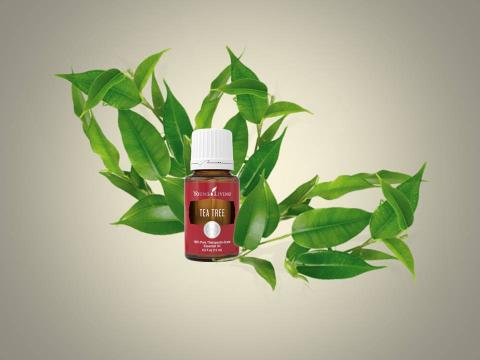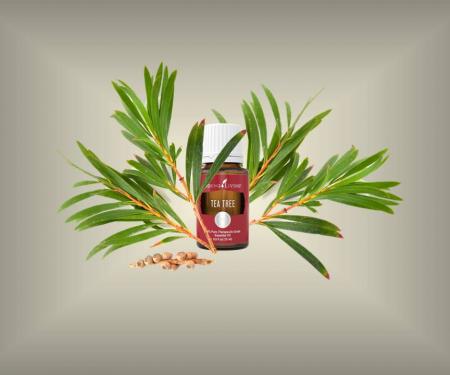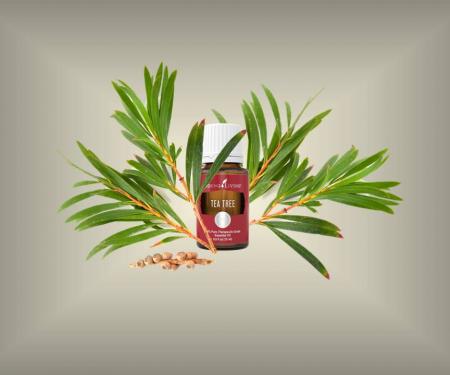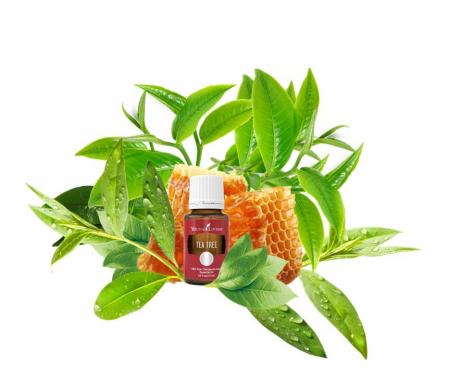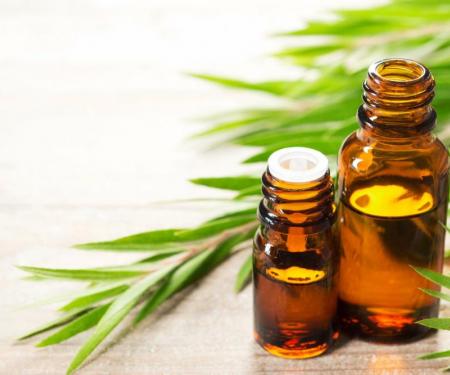September 30, 2025
Dental caries counts among the most widespread chronic diseases, characterized by localized destruction of dental hard tissues. Dental plaque is a microbial biofilm that forms on the tooth surface and contains a complex structure of microorganisms. The metabolic activity of the bacteria in this biofilm is directly linked with the dental caries process.
Tea tree essential oil is an essential oil extracted from steaming the leaves of Melaleuca alternifolia. It is generally accepted that essential oils possess bioactive properties, including antimicrobial properties. Therapeutic properties of the Tea tree oil, including antimicrobial activity, were reported in the early 20th century. Several studies indicated that Tea tree oil is very effective in vitro against a broad range of bacteria, including oral bacteria.

